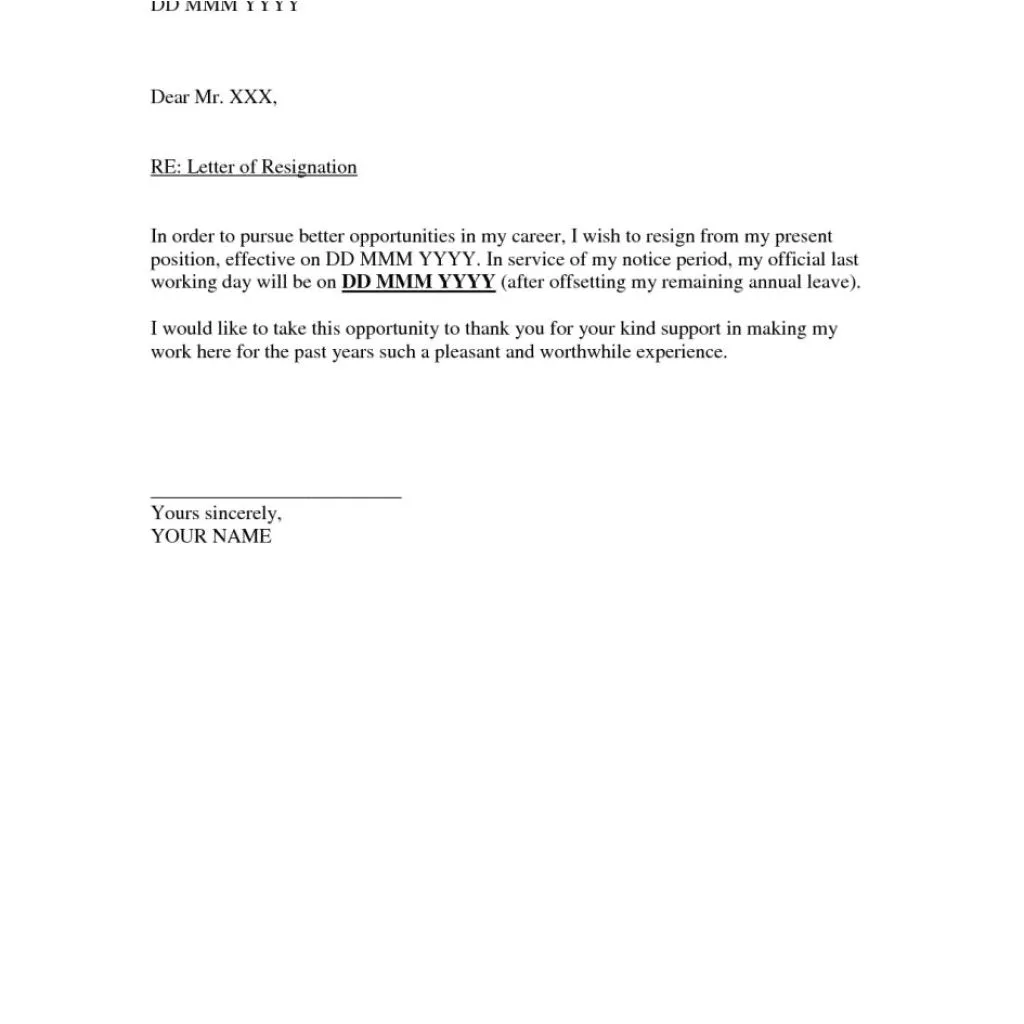What is a Moving Cover Letter
A moving cover letter is a crucial document that accompanies your resume when applying for a job. It serves as an introduction, allowing you to highlight your skills, experience, and qualifications in a way that a resume alone cannot. Unlike a resume, which is a factual summary of your work history, a cover letter provides a platform to express your personality, demonstrate your enthusiasm for the role, and explain why you are the perfect fit for the company. It’s your chance to make a strong first impression and convince the hiring manager to read your resume carefully. A well-crafted cover letter can significantly increase your chances of landing an interview, making it an indispensable tool in your job search arsenal. Its purpose is to showcase your unique value proposition and how your skills align with the specific requirements of the job and the needs of the company.
Why You Need a Moving Cover Letter
In today’s competitive job market, a moving cover letter is no longer optional; it’s essential. It provides a personalized narrative that sets you apart from other applicants. Without a cover letter, you miss the opportunity to connect with the hiring manager on a deeper level, demonstrating your genuine interest in the position and the company. A well-written cover letter allows you to elaborate on specific experiences and achievements that are relevant to the job description, providing context and depth to your resume. It also gives you the chance to address any potential gaps in your work history or explain career transitions. Furthermore, a cover letter shows that you’ve taken the time to research the company and understand its values, demonstrating initiative and a proactive approach. Ultimately, it increases the likelihood of securing an interview and getting closer to your dream job.
Key Components of a Strong Moving Cover Letter
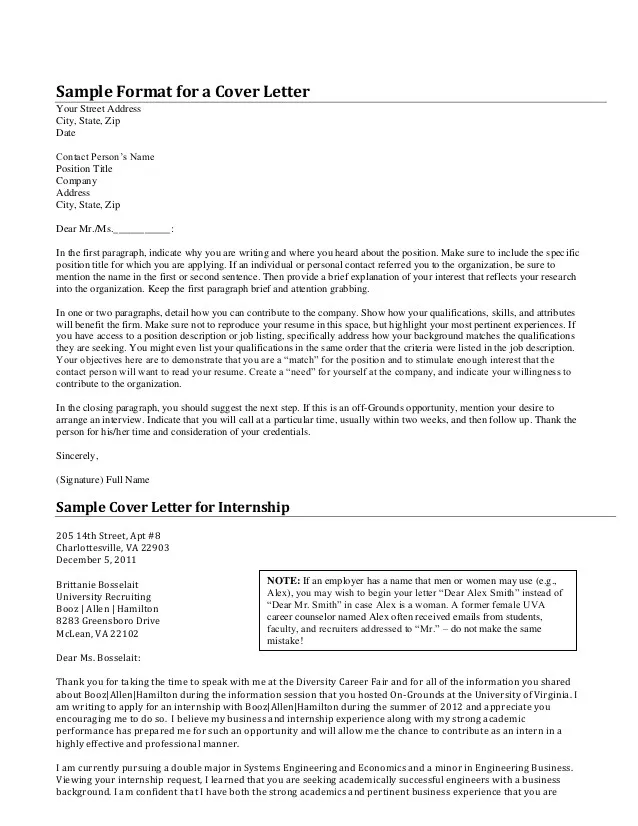
A compelling moving cover letter consists of several key components that work together to create a persuasive argument for your candidacy. Each element plays a crucial role in conveying your qualifications, enthusiasm, and suitability for the position. From the header to the closing, every aspect of your cover letter should be carefully crafted to leave a lasting impression. These key components include a professional header with contact information, a personalized greeting, a captivating opening paragraph, a section highlighting your skills and experience, examples of quantified achievements, a demonstration of your enthusiasm and fit for the company, and a strong closing paragraph with a call to action. Paying close attention to these crucial aspects ensures that your letter effectively communicates your value and increases your chances of getting noticed by the hiring manager.
Header & Contact Information
Start your cover letter with a professional header that includes your full name, address, phone number, and email address. This information should be clearly visible at the top of the document. Following your contact information, include the date and the hiring manager’s name and title (if known), along with the company’s name and address. Ensure all details are accurate and up-to-date. Use a clean and readable font for the header to maintain a polished and professional look. The header is the first thing the hiring manager sees, so it’s important to create a positive and organized impression from the start. This information allows the recruiter to easily reach you and adds a professional touch to your overall application, so double-check for any errors before sending.
Greeting
Address the hiring manager by name whenever possible. Research the company’s website or LinkedIn to find the appropriate contact person. Using the hiring manager’s name creates a personalized and respectful tone. If you are unable to find a specific name, use a generic greeting such as “Dear Hiring Manager.” Avoid overly casual greetings, such as “Hi.” The greeting sets the tone for the entire letter, so it’s important to be formal yet engaging. Addressing the letter to a specific person shows that you’ve taken the time to research the company and demonstrates your genuine interest in the position. A well-chosen greeting can immediately capture the hiring manager’s attention and make your application stand out from the crowd. This personalized approach demonstrates your professionalism and attention to detail.
Opening Paragraph
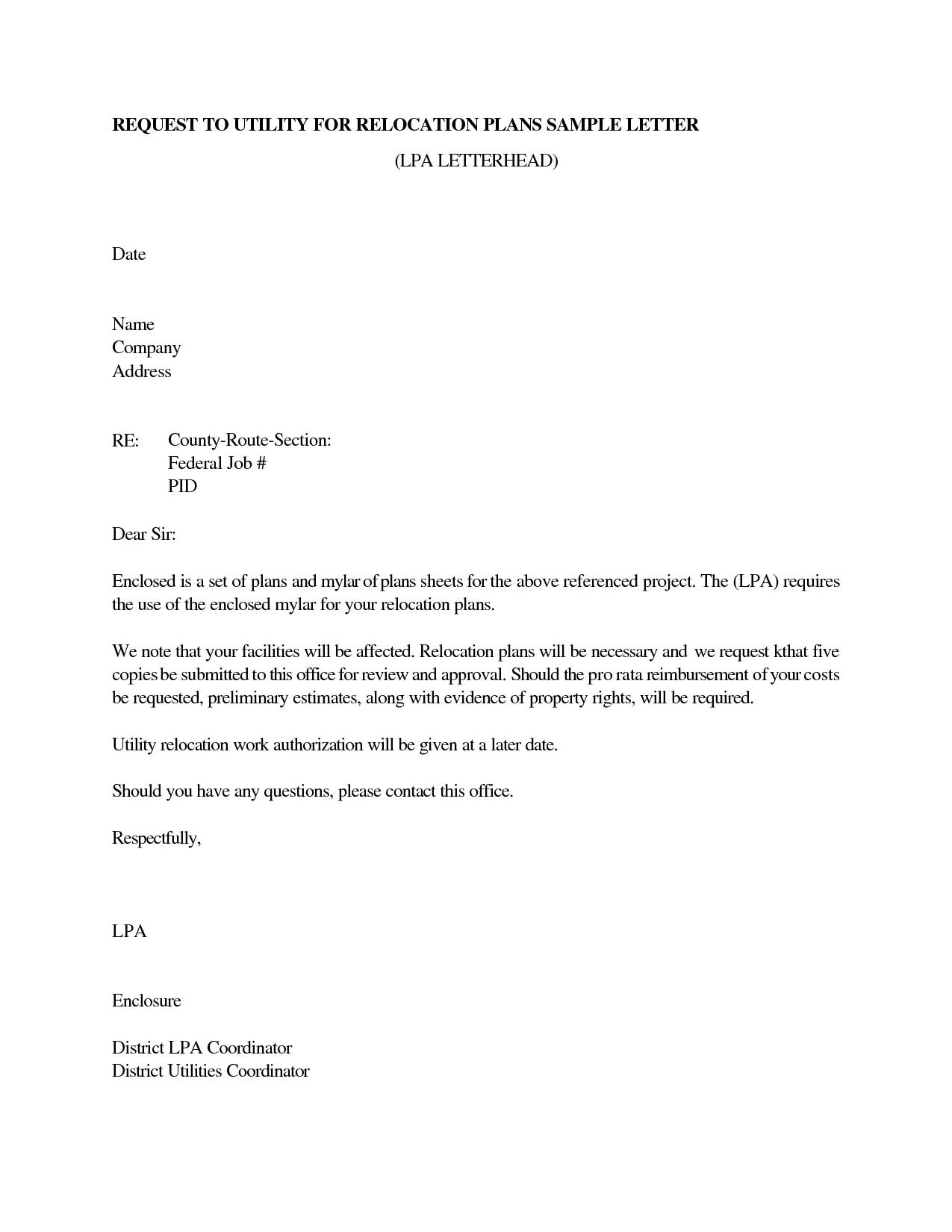
The opening paragraph should immediately grab the reader’s attention. State the position you are applying for and where you found the job listing. Briefly mention why you are interested in the role and the company. Highlight one or two key skills or experiences that make you a strong fit. Avoid generic statements; instead, make it clear that you have a genuine interest in the position. The opening paragraph is your chance to make a strong first impression, so make it count. It’s your chance to show your enthusiasm and tailor your application from the very beginning. Make it short and impactful, setting the stage for the rest of your cover letter and encouraging the hiring manager to read on. Keep it concise and focused on the value you bring.
Highlight Your Skills and Experience
In this section, focus on the skills and experiences that are most relevant to the job requirements. Review the job description and identify the key skills and qualifications the employer is seeking. Provide specific examples of how you have demonstrated these skills in previous roles. Instead of just listing your responsibilities, explain what you accomplished and the positive results you achieved. Use action verbs to describe your contributions, such as “managed,” “developed,” “implemented,” or “achieved.” Tailor this section to match the specific needs of the employer, ensuring that your skills and experiences align with their requirements. This is where you sell yourself, so be specific and provide compelling evidence of your abilities. Emphasize what makes you uniquely qualified for the position and how you can contribute to the company’s success. This section bridges the gap between your past and your future with the company.
Quantify Your Achievements
Whenever possible, quantify your achievements with data and statistics. Instead of saying, “Improved sales,” say, “Increased sales by 15% in six months.” Providing concrete numbers and measurable results makes your accomplishments more credible and impactful. Use metrics to demonstrate the value you brought to previous employers. Consider using percentages, dollar amounts, or other relevant data to showcase your impact. Quantifying your achievements helps the hiring manager understand the tangible benefits you can bring to their company. Be specific about the results you achieved, such as saving money, increasing efficiency, or improving customer satisfaction. Use numbers to support your claims and prove that you are a high-performing candidate. Quantifiable results add significant weight to your claims and make you stand out.
Showcase Your Enthusiasm and Fit
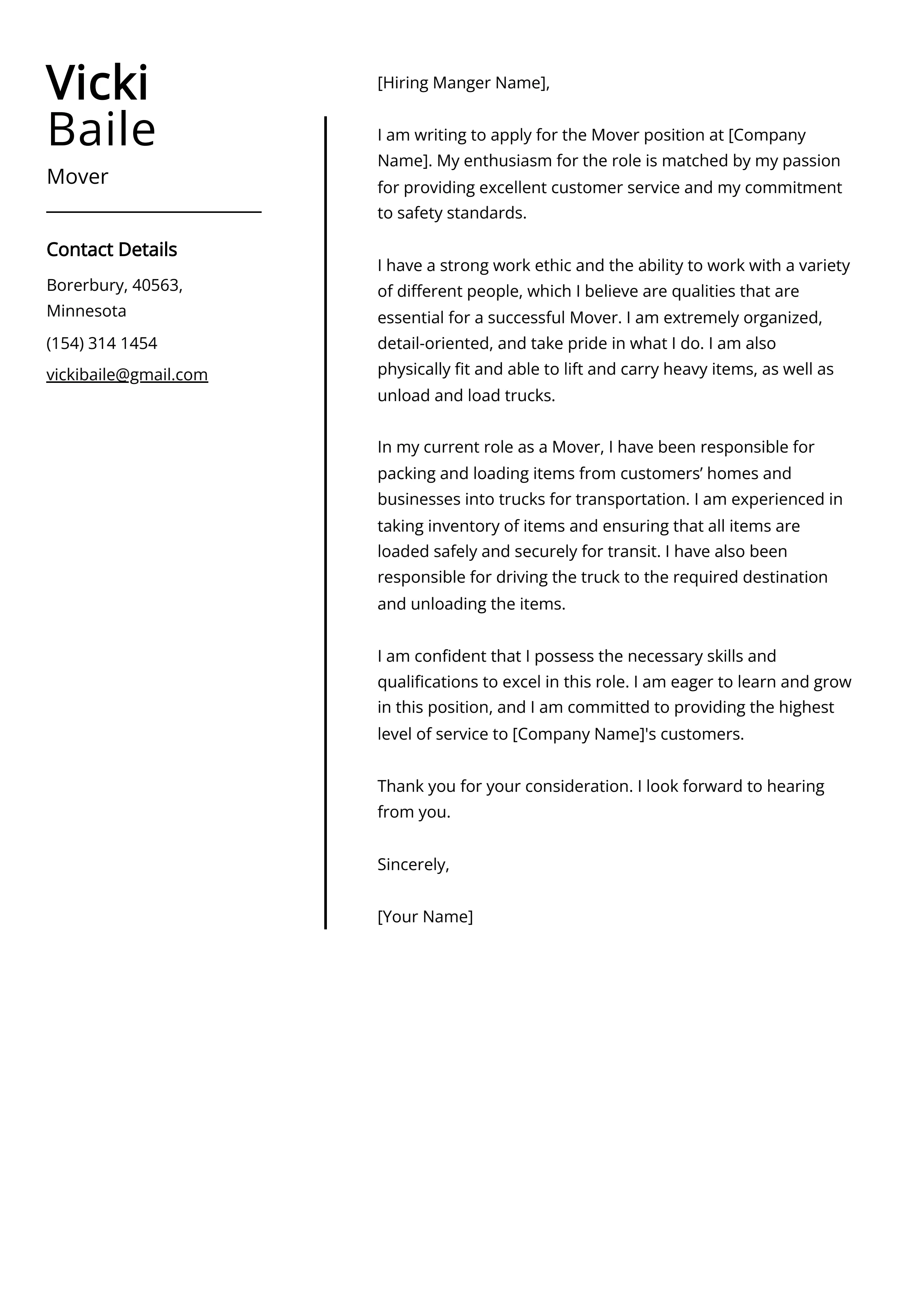
Express your genuine enthusiasm for the position and the company. Explain why you are interested in the role and what attracts you to the organization. Show that you’ve researched the company and understand its mission, values, and culture. Highlight how your values align with the company’s and how your skills and experience make you a great fit for their team. Demonstrate your passion for the industry and the specific role. Mention any specific projects, initiatives, or aspects of the company that resonate with you. This section is where you connect with the hiring manager on a personal level, showing that you are not just looking for a job but that you are genuinely interested in the company and the opportunities it offers. This expression of enthusiasm can be the deciding factor in your favor.
Tailoring Your Letter to the Specific Role
Customize your cover letter for each job application. Avoid using a generic cover letter for multiple positions. Read the job description carefully and tailor your letter to match the specific requirements and qualifications. Highlight the skills and experiences that are most relevant to the role and explain how you meet the employer’s needs. Use keywords from the job description throughout your letter. Demonstrate that you understand the company’s culture and the specific challenges and opportunities of the position. Personalization shows that you have taken the time to understand the role and the company, and that you are genuinely interested in the opportunity. Tailoring your cover letter greatly increases your chances of making a positive impression and securing an interview.
Researching the Company
Before writing your cover letter, research the company thoroughly. Visit their website, read their “About Us” page, and explore their social media profiles. Understand their mission, values, products, and services. Identify their recent projects, achievements, and any news or events that are relevant to the role. This research will help you tailor your cover letter to the specific needs of the company and demonstrate your genuine interest in the position. Knowing about the company allows you to address the hiring manager in a more engaging way, showing that you are serious about the opportunity. This proactive approach demonstrates your initiative and your commitment to understanding the company’s goals and culture, making you a more attractive candidate.
Addressing Specific Job Requirements
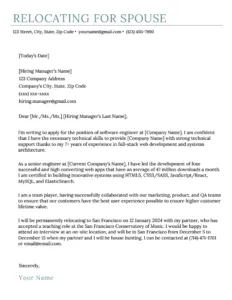
Carefully review the job description and identify the key requirements, skills, and qualifications the employer is seeking. Address each of these requirements in your cover letter, providing specific examples of how your skills and experience align with what the company needs. Explain how your past experiences have prepared you for the challenges and responsibilities of the role. If you are missing a particular skill, address it honestly, but focus on your willingness to learn and adapt. Demonstrate how your skills and experiences will enable you to excel in the role, highlighting what you can bring to the team. Show how you are the perfect fit for the position by directly addressing the employer’s needs and requirements.
Formatting and Design Tips
Your cover letter’s formatting and design are critical for creating a professional and visually appealing document. Use a clean and easy-to-read font, such as Times New Roman, Arial, or Calibri, in a standard size (11 or 12 points). Use clear and concise language, avoiding jargon or overly complex sentences. Keep the letter to one page in length, unless specifically requested otherwise. Use bullet points or numbered lists to break up large blocks of text and make your accomplishments easier to read. Maintain consistent formatting throughout the document, including margins, spacing, and alignment. A well-formatted cover letter demonstrates attention to detail and a commitment to professionalism, making a positive first impression on the hiring manager. Make sure the format is easy on the eyes and reflects the value of your content.
Choosing the Right Font and Layout
Select a professional and readable font for your cover letter. Popular choices include Times New Roman, Arial, Calibri, and Helvetica. Choose a font size between 11 and 12 points for easy readability. Use a standard layout with 1-inch margins on all sides. Left-align the text, and use single or 1.15 line spacing. Ensure there is adequate white space between paragraphs and sections to make the document visually appealing. Avoid using overly decorative or unconventional fonts, as they can detract from the professional appearance of your cover letter. A clean and organized layout helps the hiring manager easily read and understand the information presented. The choice of font and layout are important for making a positive and lasting impression, contributing significantly to the overall impact of your application.
Proofreading and Editing
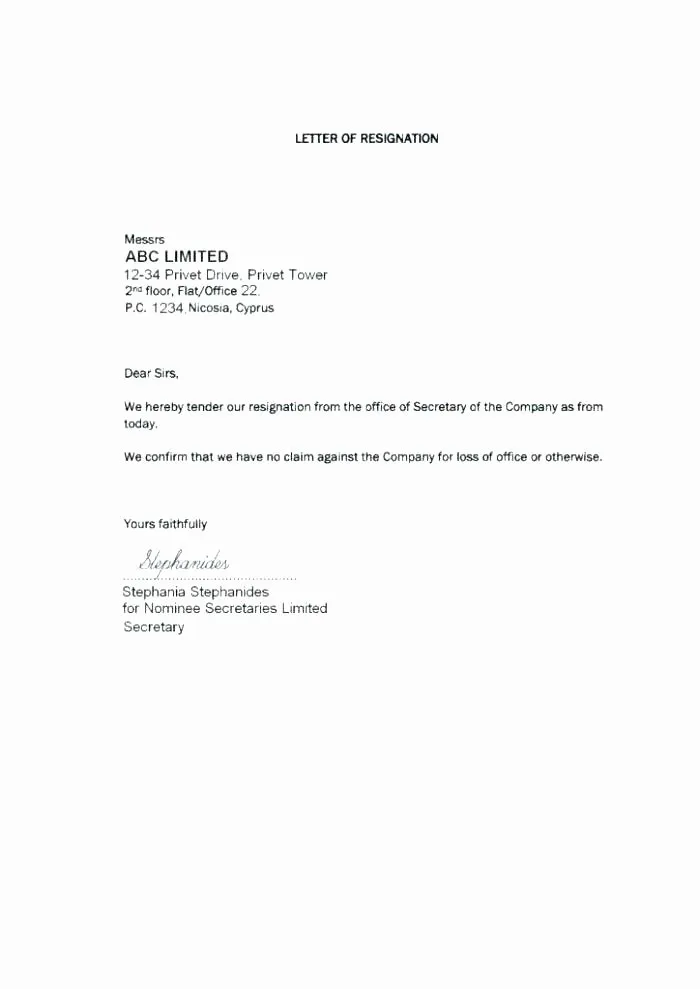
Thoroughly proofread and edit your cover letter before submitting it. Check for any grammatical errors, spelling mistakes, or punctuation errors. Read the letter aloud to catch any awkward phrasing or typos. Ask a friend, family member, or career advisor to review your cover letter for clarity and accuracy. Pay close attention to the overall flow and structure of the letter. Correct any inconsistencies in formatting or style. A polished and error-free cover letter demonstrates attention to detail and professionalism. Proofreading and editing are crucial steps in ensuring that your cover letter makes a positive first impression and accurately represents your qualifications. Errors can undermine your credibility, so take the time to review carefully.
The Closing Paragraph
The closing paragraph should summarize your interest in the position and reiterate your qualifications. Reiterate your enthusiasm for the opportunity and express your confidence in your ability to excel in the role. Keep it concise and focused. Thank the hiring manager for their time and consideration. Include a call to action, such as expressing your eagerness to discuss your qualifications further in an interview. This is your last chance to leave a lasting impression. Ending with a strong closing paragraph that reinforces your key qualifications and reiterates your enthusiasm reinforces the positive impression you want to make. Your closing should leave the hiring manager with a clear understanding of your value and inspire them to take the next step.
Expressing Gratitude and Call to Action
Always express gratitude to the hiring manager for their time and consideration. Thank them for reviewing your application and considering you for the position. Include a clear and concise call to action. State that you are eager to discuss your qualifications further in an interview. Provide your contact information again in case the hiring manager needs to reach you. End the letter with a professional closing, such as “Sincerely” or “Best regards,” followed by your full name. This demonstrates your professionalism and your interest in the opportunity. A call to action encourages the hiring manager to take the next step and move forward with your application. Finishing with gratitude sets a positive tone and shows respect for the hiring process.
Common Mistakes to Avoid
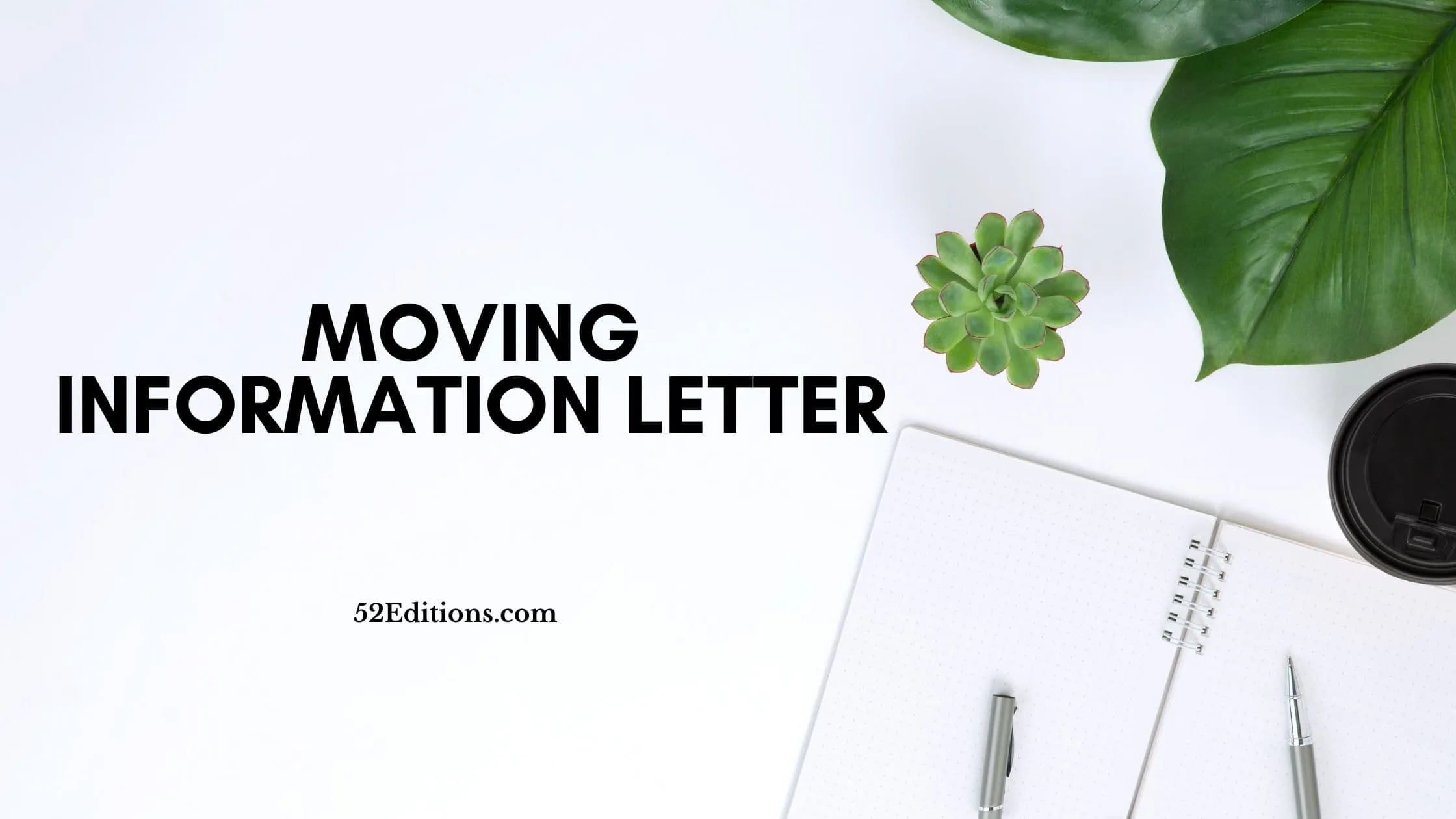
Avoid common mistakes that can undermine your cover letter and hurt your chances of getting an interview. Do not use a generic cover letter that is not tailored to the specific role. Avoid typos, grammatical errors, and spelling mistakes. Do not make the letter too long, as a one-page letter is generally recommended. Avoid being overly formal or using jargon that the hiring manager may not understand. Do not focus on what you want without relating it to the needs of the company. Avoid negative statements or complaints about previous employers. Avoid exaggerating your skills or lying about your experience. Make sure to avoid these common pitfalls, and you’ll significantly increase your odds of writing a great moving cover letter.
Examples of Strong Moving Cover Letters
Reviewing examples of strong cover letters can provide valuable insights into how to structure and write your own. Search online for examples that are relevant to your industry and the type of role you are seeking. Pay attention to the layout, tone, and content of these examples. Analyze how the candidates highlight their skills, experience, and enthusiasm. Adapt these examples to your own situation, using them as a template to create your own persuasive and personalized cover letter. However, make sure not to plagiarize. Your cover letter should showcase your unique qualifications and personality. Use these examples for inspiration, making sure to tailor your letter to your own experience and the specific job requirements. Using effective examples can enhance your own cover letter-writing skills and increase your chances of success.
